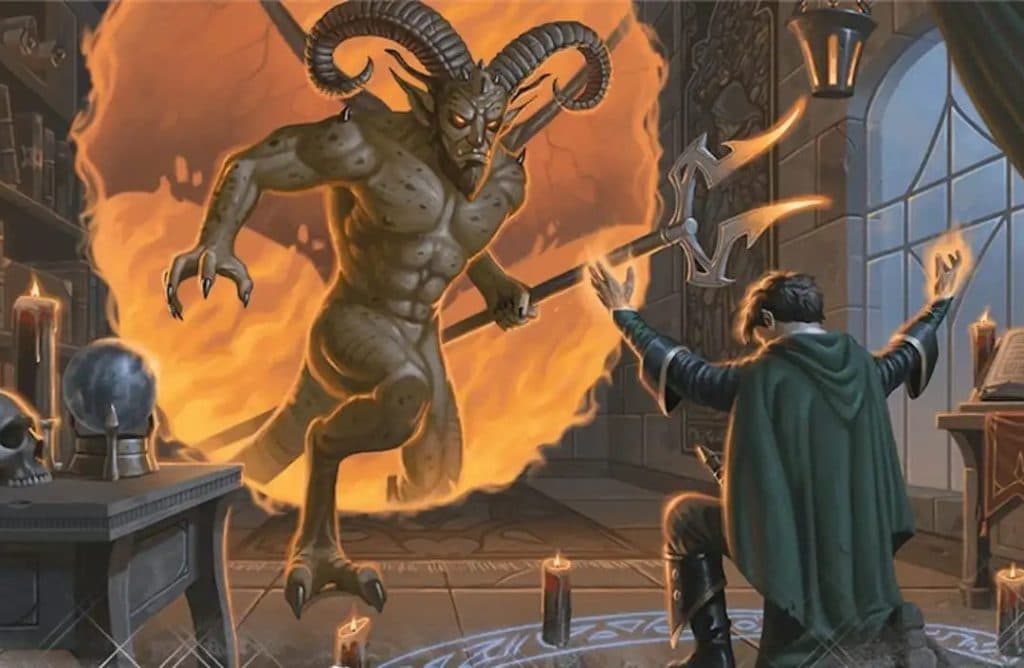Game-breaking spells get more powerful in new D&D playtest
 WOTC
WOTCD&D’s new Player’s Handbook Playtest 8 is taking conjure spells in a new, highly powerful direction.
Over the years since D&D 5e was released, players have often discussed the supposed martial-caster gap. This is the prevalent idea that spellcasting characters are overall stronger and better served by 5e’s mechanics than classes without magic.
One of the main causes of the perceived martial-caster gap is a number of spells in 5e that can be used to trivialize combat encounters. Conjure spells are chief among them. Wizards of the Coast are attempting to fix the balance of conjure spells in the Player’s Handbook playtest 8, but may have just created a different kind of problem.
D&D 5e: Are conjure spells overpowered?
 WOTC
WOTCThere’s little doubt that 5e’s conjure spells are outdated when they are compared to the ‘summon’ spells introduced later in 5e’s lifespan.
Summon spells focus on bringing a single extra creature onto the battlefield, controlled by the caster, with an easy-to-understand stat block. Each summon spell provides the caster with a limited list of summonable creature options, but their stats and abilities are broadly the same, outside of one or two unique abilities per creature type.
In contrast, the conjure spells that 5e launched with are considerably messier. These spells bring out a number of summoned creatures all at once, dragging combat down to a crawl with the additional initiative and actions to track.
Conjure spells require more input from the DM than usual, with many more actors to keep track of mid-combat.
On top of this, the sheer number of additional attacks per round granted by conjure spells can often destroy any enemy the DM can bring to the table. In D&D 5e, the Action Economy is king and conjure spells swing it completely in your favor.
Playtest 8’s new take on conjure spells
With all the issues inherent in their existing form, it’s understandable that conjure spells are being adjusted in D&D’s new rule changes. The changes differentiate them from the newer summon spells and seem intended to bring them back into balance.
Playtest 8’s new version of Conjure Minor Elementals, Conjure Fey, and Conjure Woodland Beings act little like their existing forms. Rather than bringing allied creatures onto the battlefield, these spells now produce an aura that is hostile to enemies in the vicinity, whether that be through flat area damage, granting extra damage on attacks, or adding additional attacks to the caster’s repertoire.
While this could be a healthy change in theory, the additional damage granted by Conjure Minor Elementals already has the 5e fanbase talking. Adding an extra 2d8 to every attack is incredibly significant for mixed martial/caster classes, and the spell can be upcast to stack on an additional 2d8 per spell level. As pointed out by Reddit user SnooOpinions8790:
‘Upcasting is crazy. This is where it looks to just be wrong.’
In addition, one of the spell’s possible damage types is Magical Bludgeoning, which currently is not resisted by any creature in the game.
New player options and spells are often released in an overtuned state for playtesting before being dialed back for full release. It remains to be seen if Conjure Minor Elementals and other spells of its ilk will release unchanged or be swiftly hit with a nerf following community reactions.